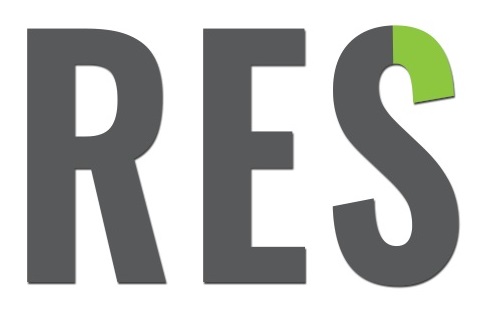
RES stands for Ranmath Examination System, which is the name of the technology underpinning the US Patent Pending (#15955725) product "Mathathon".
Copyright Notice
A portion of the disclosure of this patent document contains material which is subject to copyright protection. The copyright owner objects all reproduction, copy, transfer, replication, duplication or any kind, and reserves all copyright rights whatsoever.
Field of the Invention:
[0001] This invention relates to computer software and more particularly relates to a software that generates almost infinite practice questions by setting up ranges and options, for the system to randomly choose to develop student's proficiency in mathematical skills.
Description of the Related Art:
[0002] Traditional methods for learning mathematics are based on direct instruction (using textbooks focusing on standard arithmetic methods) where students are taught one standard method of performing a task, in a standard sequence. The task is however taught in isolation rather than as only a part of a more complex project, which may then result in the students being unable to fully grasp and master the necessary conceptual understanding.
[0003] In addition, there is a time gap between when the students have completed the homework exercises and when an instructor (i.e. teacher) is able to provide explanations for incorrectly answered questions in the exercises (which understandably can only be done after the teacher has finished marking). By then, the students may already have lost impression of the practice.answered questions in the exercises (which understandably can only be done after the teacher has finished marking). By then, the students may already have lost impression of the practice.
[0004] Moreover, mastery of important mathematical solving techniques typically requires repetitive practice over a period of time, which may eventually bore the students. Fading interest or lack of motivation may also result from using the route-based learning approach, or lack of variation should they wish to do more practicing.
[0005] However, to Applicant's knowledge, none of these prior art methods have been found to be completely suitable to meet these needs and are cumbersome. The present invention provides such a method and the overall combination of these features is nowhere disclosed in the prior art cited above which appears to be representative of the general art in this area although it is not intended to be an all-inclusive listing of pertinent prior art patents.
SUMMARY
[0006] In light of the disadvantages of the prior art, the following summary is provided to facilitate an understanding of some of the innovative features unique to the present invention and is not intended to be a full description. A full appreciation of the various aspects of the invention can be gained by taking the entire specification, claims, drawings, and abstract as a whole.
[0007] In order to solve the above problems, the present invention relates to a software which teaches mathematical skills to students by generating random questions for each skill, and uses a formula to explain the solution. A question answer module may have the technical benefit of saving the teacher or parent time and may result in more effective learning by the student, and an analysis module may have the technical benefit of improved accuracy of the measured outcome.
[0008] The question selection module may generate an infinite set of questions by mixing and matching based on a question framework by setting up ranges and options, for the system to randomly choose, each framework being unique to the type of question requested, the framework including variables to be randomly selected for each question understanding. The collection for each variable is stored in the database either as a list of possible values (e.g. a list of country names) or a range of numerical value (1 to 100).each variable is stored in the database either as a list of possible values (e.g. a list of country names) or a range of numerical value (1 to 100).
[0009] The answer module may generate an answer based on an answer framework, each framework being unique to the type of question requested, the framework including an answer for the immediately preceding question.
[0010] The result may include a textual answer statement, the dynamically generated graphic or an explanation with formula.
[0011] Numerous other embodiments are also possible.
[0012] This Summary is provided merely for purposes of summarizing some example embodiments, so as to provide a basic understanding of some aspects of the subject matter described herein. Accordingly, it will be appreciated that the above-described features are merely examples and should not be construed to narrow the scope or spirit of the subject matter described herein in any way. Other features, aspects, and advantages of the subject matter described herein will become apparent from the following Detailed Description, Figures, and Claims.
BRIEF DESCRIPTION OF THE DRAWINGS
Protected from view for confidential reasons
DETAILED DESCRIPTION
Protected from view for confidential reasons
CLAIMS
1) The invention is a system for learning mathematics comprising:
2) a student input module configured to select an exercise with an infinite practice questions by mixing and matching with different pre-defined variables in a random manner within a set range.
3) a question selection module to randomly generate a question depending on the exercise selected and/or the parameter.
4) an answer module configured to parse a response to the question, and to display a result, with any applicable explanation depending on the response.
5) the user can retry as many times to practise on the same type of question, with different names, objects, and numbers to work with.
6) the collection for each variable is stored in the database either as a list of possible values (e.g. a list of country names) or a range of numerical value (1 to 100).